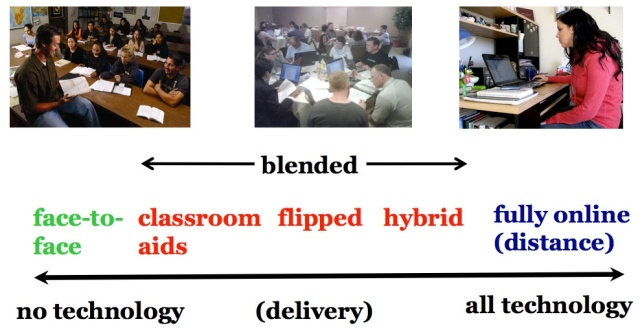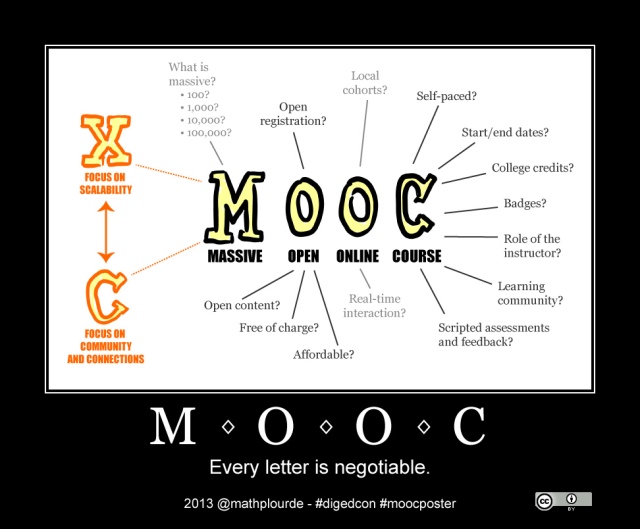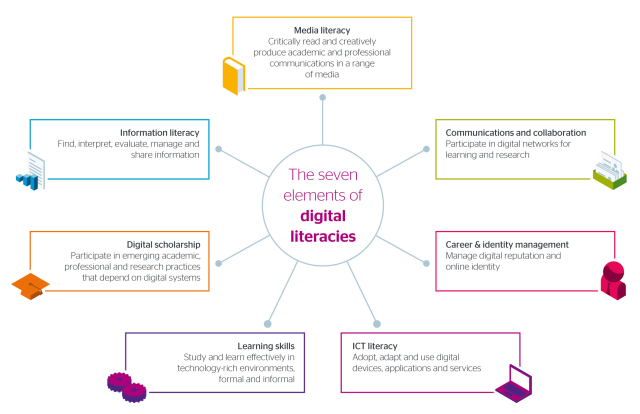This blog post could pretty much start with stating: «What Fran said».
For the past weeks Fran’s and my blog posts have built on each other, and in his latest post Fran is putting words to what I am feeling. He explains that building on the blog posts of each other is tremendously engaging. You receive feedback on your perspectives and it is exciting to see your own thoughts be developed further by others. Like Fran I also have the feeling of «I have to keep the ball running»!
This is my final blog post as a participant in ONL 172, and it is time for some concluding reflections.
The ONL journey has consisted of many different activities, and now I could mention all the things I have learned. But I would rather focus on which activities have I learned the most from, as I think that is equally valuable considering that many members of the huge ONL community are interested in designing online courses.
So, which activities have I learned the most from?
I will estimate something like this:
- Course activities have constituted 10 % of my learning outcome.
- Blogging and commenting on peers’ blog posts have constituted 20 % of my learning outcome.
- Collaboration with my PBL group has constituted 70 % of my learning outcome.
The title of Fran’s last post is «Emotionally connected», which I think provides some explanation to why it is like this.
Fran writers: «The more you connect, the more you feel part of it, the more you will care for it and try to do your best to succeed. Provoking these kinds of emotions is not the main objective of the teacher of course – that should actually be to teach – but it could be seen as a tool or a means for teaching».
Let me elaborate on how I view this in relation to the different parts of the ONL course mentioned above:
The common course activities (webinars, reading resources and TweetChats) engaged me cognitively, but for the most part I only passively listened to others or passively read what others had written. Yes, there were engaging elements in the course activities (breakout rooms, tweeting, polls, chats…), but it did not create the same level of emotional engagement as the blogging and the PBL group collaboration.
Blogging also engaged my cognitively, because I was actively creating something on my own (based on inspiration from the common course activities and discussions in the PBL group). During the first half of the course I did not feel that I received as much feedback on my blog posts as I desired, which was actually discouraging. Therefore Fran’s collaborative blogging concept was a much welcomed invention, making me much more emotionally engaged and increased the learning outcome. My conclusion is that blogging and commenting on peers’ blogs have a greater learning potential than I experienced through the first topics of this course.
Moving on to the work in the PBL group, which to me has definitely been the greatest source of learning in the ONL course. All the activities in the course have provided me with new insight, but nothing really sticks with me the same way as the knowledge and experiences I have gained from discussions and collaborative tasks with my fellow PBL groups members. I believe this is because I have been both cognitively and emotionally engaged in the PBL group work through the whole course, and in collaboration with the other group members I have been an active co-creator of knowledge.
And maybe this is a recipe for success? Give enough insight through common course activities to generate cognitive and emotional engagement in the groups?
I would like to take this opportunity to thank my excellent team members: Fran, Ove, Liljana and Christa.
And thank you to the course team for creating this community where thoughts about online learning can be shared.


 “
“
